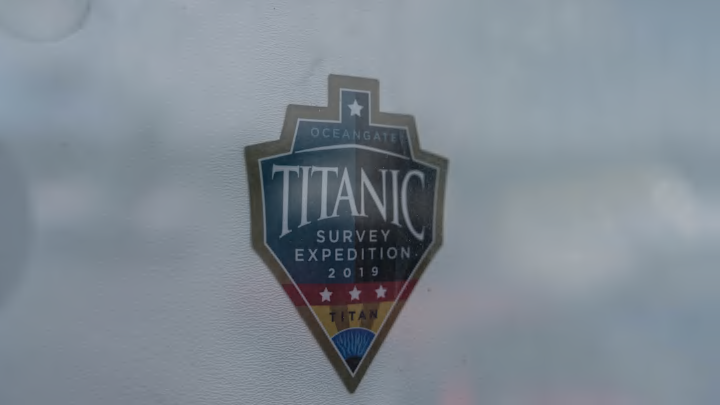In most cases, personal drive and ambition take you to all the right places, but sometimes, as is examined in the forthcoming Netflix documentary, Titan: The OceanGate Disaster, it can be a double-edged sword that can drive things too far, bringing on a disaster.
Based on true events and presenting new information, this story that captivated news all over the world will premiere on the streaming network on June 11, 2025.
In 2023, led by entrepreneur and inventor Stockton Rush, CEO of OceanGate, the company that produced a small submersible, Titan, a five-person team went into the cold waters of the Atlantic Ocean with a goal to view the wreck of the Titanic. On June 18, two hours into the expedition, near the coast of Newfoundland, Canada, the submersible lost contact with its surface ship.
The story behind Titan documentary and its consequences
A massive search ensued, involving the U.S. Coast Guard, Canadian authorities, and private vessels.
Unfortunately, the wreckage was found four days later on the ocean floor, consistent with a pressure-related implosion. All five persons on board, OceanGate CEO Stockton Rush, 61, British Pakistani billionaire Shahzada Dawood, 48, and his son Suleman Dawood, 19, British billionaire Hamish Harding, 58, and Titanic expert Paul-Henri Nargeolet, 77, did not survive the disaster.
The story and the events surrounding the OceanGate disaster mesmerized people around the world, including the documentary’s director Mark Monroe. Monroe’s key idea seems to be a dual one - to recount the events that led to this disaster and how it evolved, and also to delve into the mind and ideas of Stockton Rush, who was bent on bringing oceanic exploration to the luxury tourism industry.
According to Rush’s ideas and those of his development team, Titan was to turn deep-sea exploration into a consumer product by making their submersible lighter and more cost-effective by using a carbon fiber hull instead of steel or titanium, which are usually used to produce submersibles.
Yet, during the submersible production and expedition preparation, other experts (and company whistleblowers) raised concerns about the safety of the submersible. Those concerns involved the risks of using carbon fiber and the engineering cuts that came about during the construction.
Ignoring all the red flags, Rush obviously rushed into his project, bringing on the death and the other four travelers, who OceanGate officially dubbed as “mission specialists,” and who paid $250,000 for a seat on board the failed expedition. The disaster also brought down OceanGate as a company, as it had to cease operations.
With all the facts involved and all the unknowns that still remain, Titan: The OceanGate Disaster promises to be both chilling and a gripping view.
